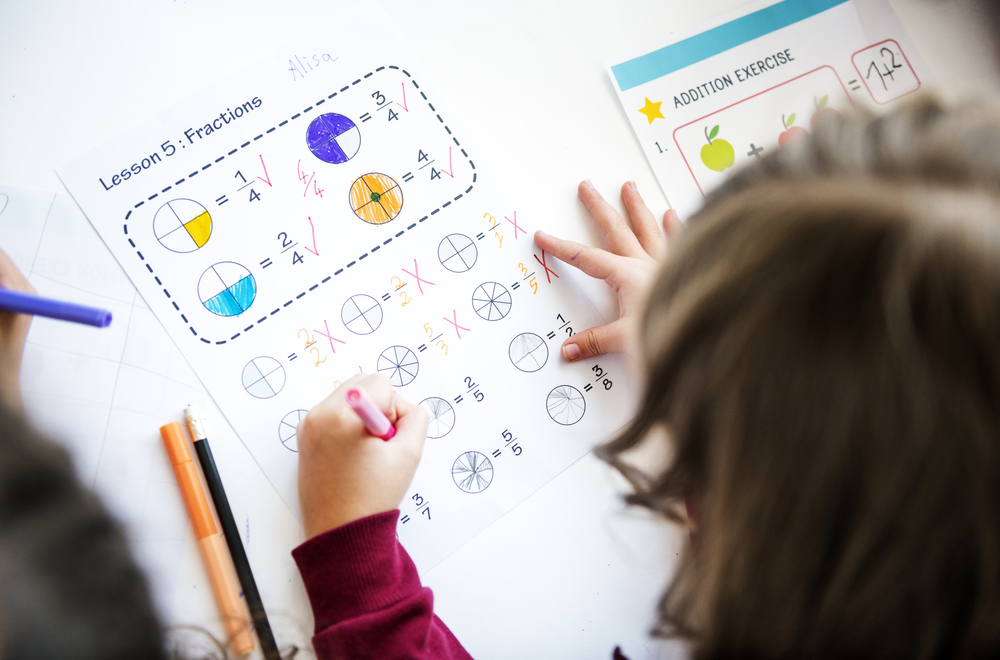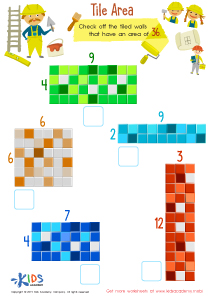Number Recognition Normal Matching Worksheets for Ages 4-5
6 filtered results
-
From - To
Explore our engaging "Number Recognition Normal Matching Worksheets" designed specifically for children aged 4-5. These worksheets provide a fun and interactive way for early learners to enhance their number recognition skills. Each activity encourages kids to match numbers with corresponding objects, reinforcing their understanding of numerals in a playful manner. With colorful graphics and age-appropriate content, these worksheets capture young learners' attention and help them build a strong numeric foundation. Perfect for home or classroom use, our materials support early math skills development while keeping the learning experience enjoyable. Unlock your child's potential in math with these delightful worksheets!
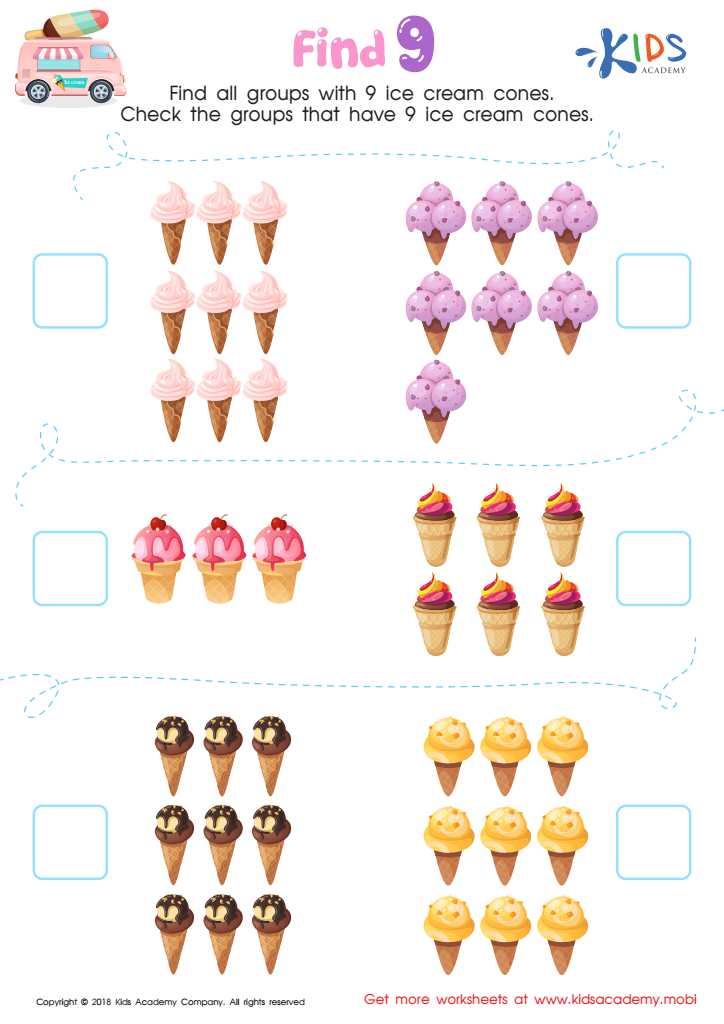

Find 9 Worksheet
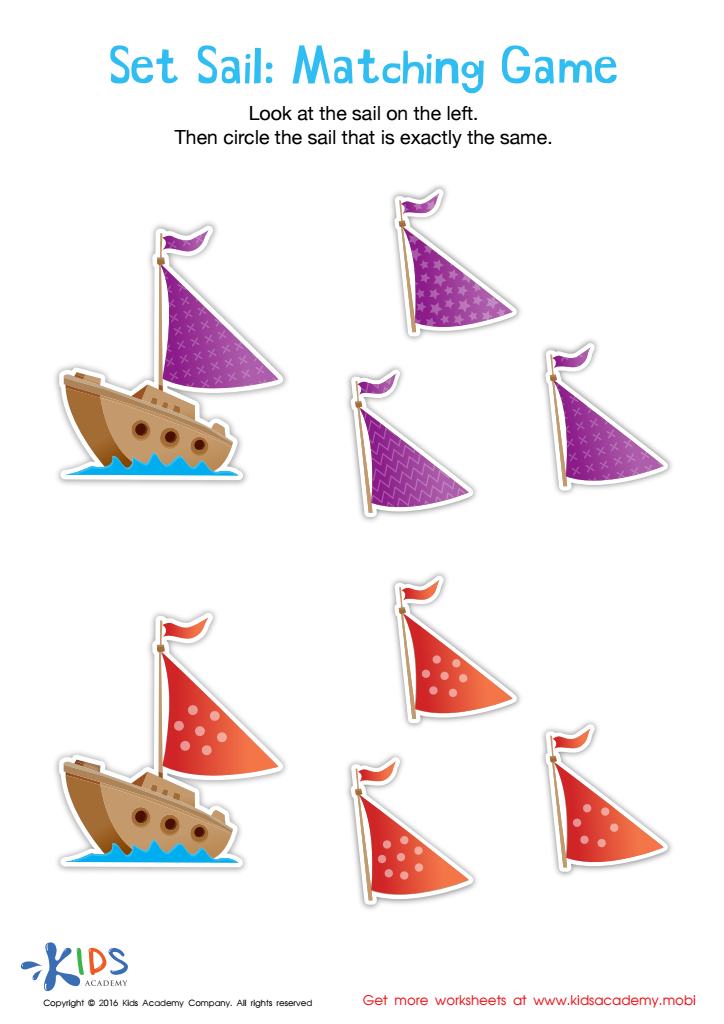

Set Sail Worksheet


Classifying Toys by Type and Color Sorting Worksheet
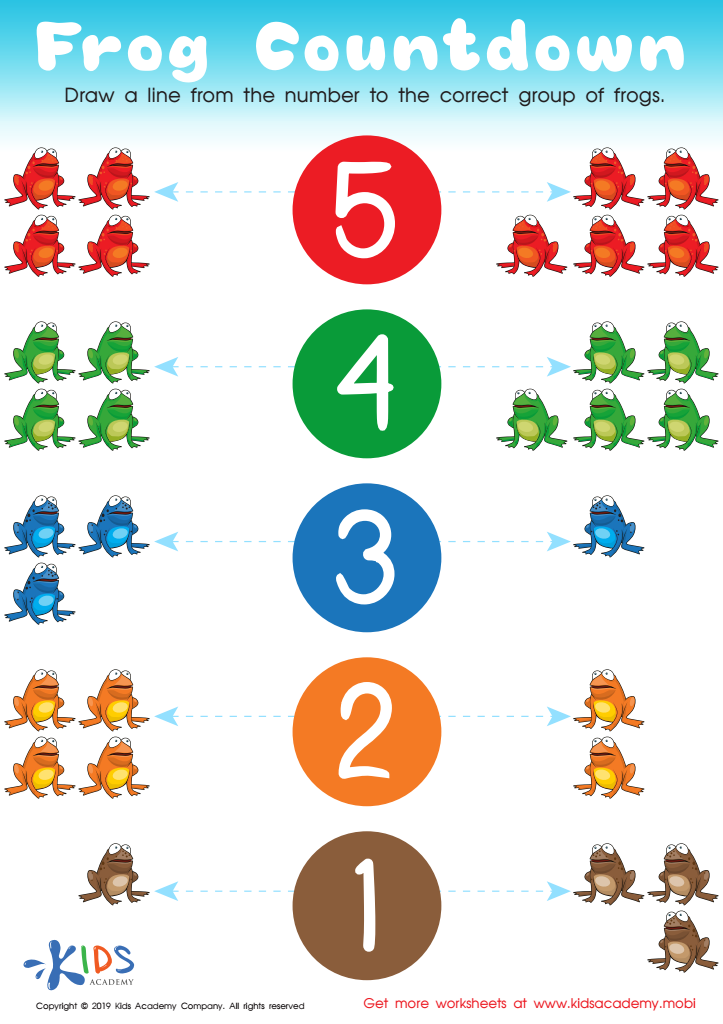

Frog Countdown Worksheet
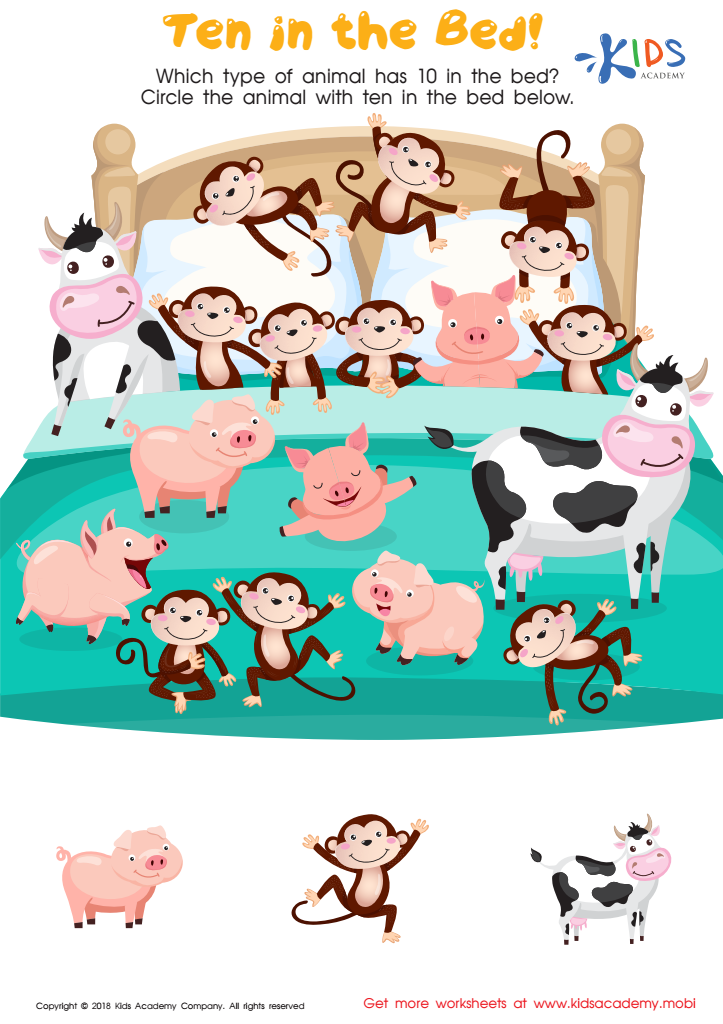

Ten in the Bed Worksheet


Find 5 Worksheet
Number Recognition Normal Matching is an essential component in early childhood education, especially for children aged 4 to 5. At this stage, children are developing foundational numeracy skills that will support their future learning in math and critical thinking. By recognizing and matching numbers, children enhance their understanding of quantity and numerical value—skills that are crucial in daily life and academic pursuits.
Parents and teachers should care about this skill because it not only prepares children for more complex math concepts later on but also strengthens cognitive abilities by promoting visual recognition and memory. Number recognition aids in enhancing language skills as well, as children learn to verbalize numbers alongside their matching process.
Additionally, fostering these skills builds a child’s confidence and enthusiasm for learning. When children successfully identify and match numbers, they capable engage in mathematical thinking and problem-solving, laying the groundwork for a positive attitude toward mathematics.
Engaging in Number Recognition activities can be easy and fun; thus, it encourages collaboration and interaction among peers, further developing social skills. By embracing this important area of learning, parents and teachers can help cultivate well-rounded, numerically literate individuals prepared for future academic challenges.
 Assign to My Students
Assign to My Students




